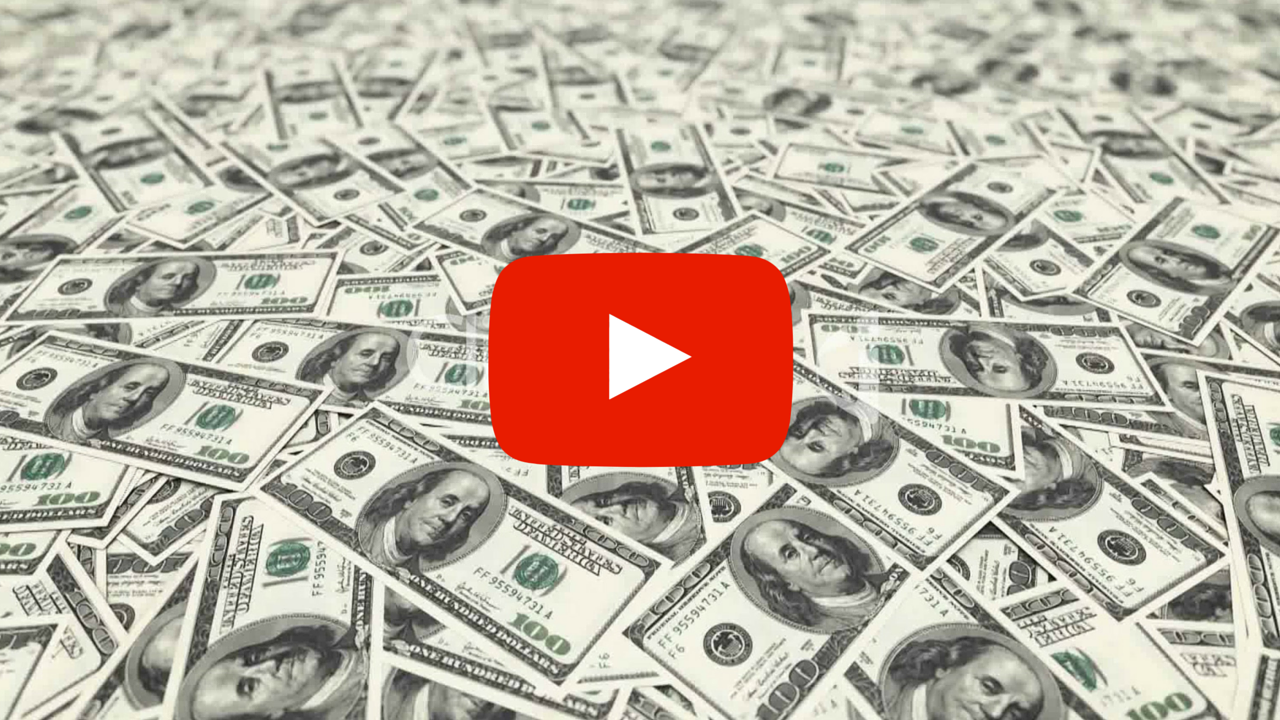YouTube, one of the most popular destinations for music discovery and consumption, is citing huge 2019 payouts to change the conversation around its notoriously low royalty rates.
In a quarterly blog post released this week, YouTube CEO Susan Wojcicki praised her company’s relationship with the music industry. “YouTube offers twin engines for revenue with advertising and subscribers,” she wrote. “Paying out more than $3 billion to the music industry last year from ads and subscriptions.”
YouTube recently announced $15.5 billion in ad-supported revenue for 2019. Before you start believing the company gave nearly 20% of that money to the music business, take a moment to read Wojcicki’s comments again. The $3 billion paid to the industry is from a combination of ads and subscriptions (meaning YouTube premium subscriptions, which now number above 20 million worldwide).
That said, the $3 billion mentioned in Wojcicki’s report is pretty stunning. According to calculations published by Music Business Worldwide, the 2019 payouts account for one-quarter of YouTube’s lifetime payments to the music industry. MBW believes YouTube has overtaken or is close to overtaking Apple Music as the industry’s second-largest digital partner (behind Spotify).
These numbers are huge, but they are nothing compared to the video consumption rates YouTube has shared in recent years. In 2018, YouTube claimed that “more than 1 billion music fans come to YouTube each month to be part of music culture and discover new music.” In June 2019, a report came out claiming that music videos were watched just under two trillion times on YouTube in 2018, representing 20% of total views on the platform. $3 billion is a lot of money, but is it enough to represent one-fifth of the total consumption on the platform?
Wojcicki also shared the following insights about YouTube’s evolving relationship with the music business:
We’re also partnering with artists to support and amplify their work through every phase of their career. Dua Lipa was in YouTube’s first-ever Foundry program — our initiative to develop independent music acts. Justin Bieber and Billie Eilish have built massive global audiences by directly connecting and engaging with fans on YouTube. At just 18 years old, Billie is now one of the world’s biggest stars with five recent Grammy wins. And from its early days, YouTube has been a home for artists who found creative ways to use the platform to help expand their reach. In 2005, OK Go had one of the first viral hits with their music video, “A Million Ways.” Fans posted their own versions of the boy band-inspired choreography, and OK Go decided to make it official with a dance challenge on YouTube. We continue to see unknown artists make it big with a single viral hit. Last year, Lil Nas X’s “Old Town Road” became a YouTube phenomenon and the longest-leading single atop the Billboard Hot 100.
YouTube has long been criticized for its notoriously low royalty rates on views, but the numbers from 2019 show that image may be changing for the better. We’ll bring you more on the platform’s relationship with the industry as soon as additional details become available.

